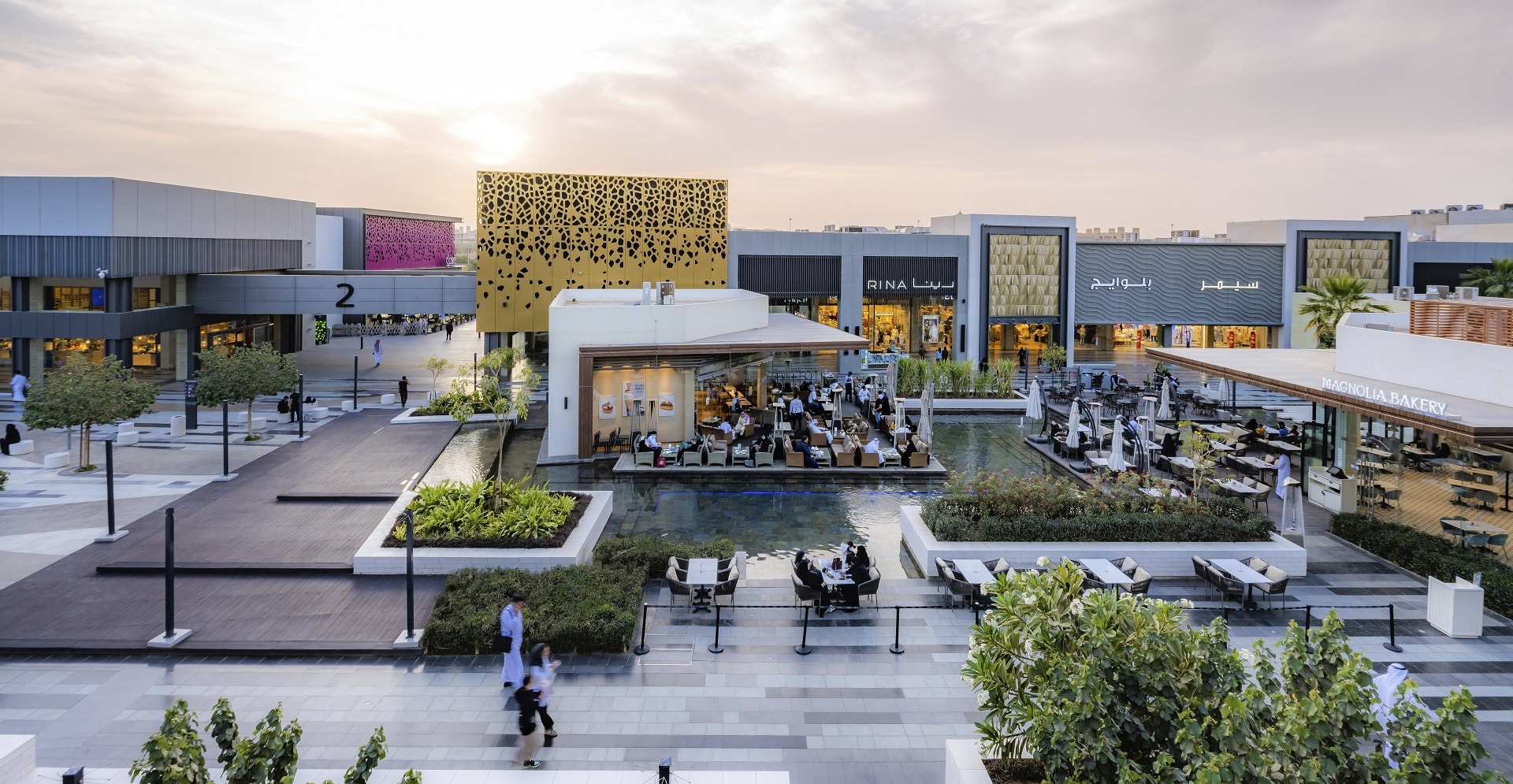Shopping malls have long been a staple of retail culture, serving as bustling hubs of commerce, entertainment, and social activity. From their humble beginnings as indoor marketplaces to their modern incarnations as sprawling complexes offering a diverse array of amenities, shopping malls have evolved significantly over the years. Let’s delve into the fascinating history and evolution of shopping malls, examining their enduring appeal and relevance in today’s digital age.

Origins and Early Development
The concept of the shopping mall traces its roots back to the covered marketplaces of ancient civilizations, where merchants gathered to sell their wares protected from the elements. However, it wasn’t until the mid-20th century that the modern shopping mall as we know it began to take shape.
In the post-World War II era, rapid urbanization and the rise of automobile culture spurred the development of suburban shopping centers designed to accommodate the needs of growing suburban populations. These early malls typically featured a cluster of stores anchored by department stores or supermarkets, surrounded by ample parking for the convenience of shoppers arriving by car.
The Rise of the Mega Mall
Throughout the latter half of the 20th century, shopping malls experienced a period of exponential growth and expansion, fueled by economic prosperity and changing consumer lifestyles. The 1970s and 1980s saw the emergence of the “mega mall” – vast, multi-level complexes boasting hundreds of stores, restaurants, entertainment venues, and amenities under one roof.
Mega malls became destinations in their own right, drawing shoppers from far and wide with their diverse offerings and immersive shopping experiences. From themed interiors and elaborate atriums to indoor amusement parks and cinemas, these behemoths of consumerism captured the imagination and spending power of millions of shoppers.
The Decline of Traditional Malls
Despite their initial success and popularity, traditional enclosed shopping malls began to face challenges in the late 20th and early 21st centuries. Changing demographics, shifts in consumer behavior, and the rise of e-commerce posed formidable threats to the viability of these sprawling retail complexes.
Many traditional malls struggled to adapt to changing tastes and preferences, leading to high vacancy rates, declining foot traffic, and financial difficulties for mall owners and retailers alike. Some malls fell into disrepair and disuse, becoming ghostly reminders of a bygone era of retail dominance.
Reinvention and Adaptation
In response to the challenges posed by changing market dynamics, many shopping malls have undergone extensive renovations, rebranding, and repositioning efforts to remain relevant in today’s competitive retail landscape. This process of reinvention has seen malls evolve into mixed-use developments that integrate retail, dining, entertainment, residential, and office spaces to create vibrant urban hubs.
Modern malls prioritize experiential retail and immersive experiences, offering amenities such as gourmet food halls, fitness centers, coworking spaces, live entertainment venues, and community event spaces to attract and engage shoppers. By diversifying their offerings and creating unique, Instagram-worthy experiences, malls aim to differentiate themselves from online competitors and foster a sense of community and connection among visitors.
The Rise of Lifestyle Centers and Outdoor Malls
In addition to traditional enclosed malls, a new breed of shopping destinations has emerged in recent years in the form of lifestyle centers and outdoor malls. These open-air developments combine the convenience of retail with the charm of pedestrian-friendly streetscapes, landscaped plazas, and al fresco dining options.
Lifestyle centers often feature a mix of upscale boutiques, specialty shops, artisanal eateries, and cultural attractions, catering to affluent and discerning shoppers seeking a more curated and upscale shopping experience. With their emphasis on ambiance, aesthetics, and leisure amenities, lifestyle centers offer a refreshing alternative to the cookie-cutter confines of traditional malls.
Embracing Technology and Innovation
In the digital age, shopping malls are embracing technology and innovation to enhance the customer experience and stay competitive in an increasingly interconnected world. From mobile apps and virtual concierge services to beacon technology and augmented reality experiences, malls are leveraging cutting-edge technologies to streamline operations, personalize interactions, and engage shoppers in new and exciting ways.
Virtual reality shopping experiences allow shoppers to explore stores and browse products from the comfort of their homes, while interactive digital displays and touchscreens provide information, entertainment, and wayfinding assistance within the mall environment. By harnessing the power of technology, malls are reimagining the shopping experience and bridging the gap between online and offline retail channels.
Conclusion: The Future of Shopping Malls
In conclusion, shopping malls have undergone a remarkable evolution since their inception, adapting to changing consumer preferences, technological advancements, and market dynamics. While traditional enclosed malls may face challenges in an era of e-commerce dominance, they continue to evolve and reinvent themselves as mixed-use urban destinations that offer more than just retail therapy.
From lifestyle centers and outdoor malls to innovative digital experiences and immersive entertainment offerings, malls are redefining the concept of the shopping experience and reimagining their role in the fabric of modern society. As they continue to innovate and adapt to meet the needs of today’s consumers, shopping malls remain enduring symbols of commerce, community, and culture in the ever-changing landscape of retail.